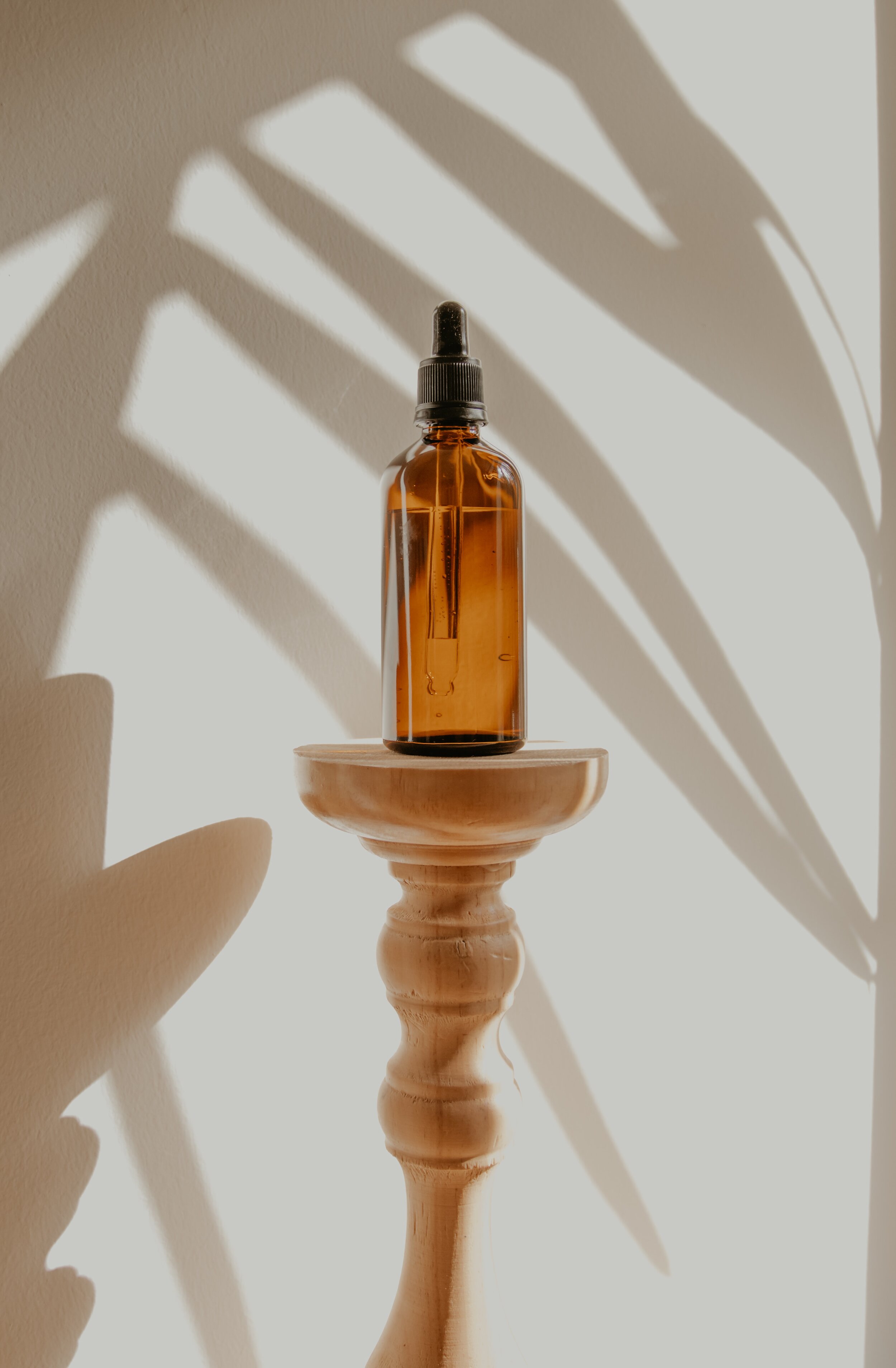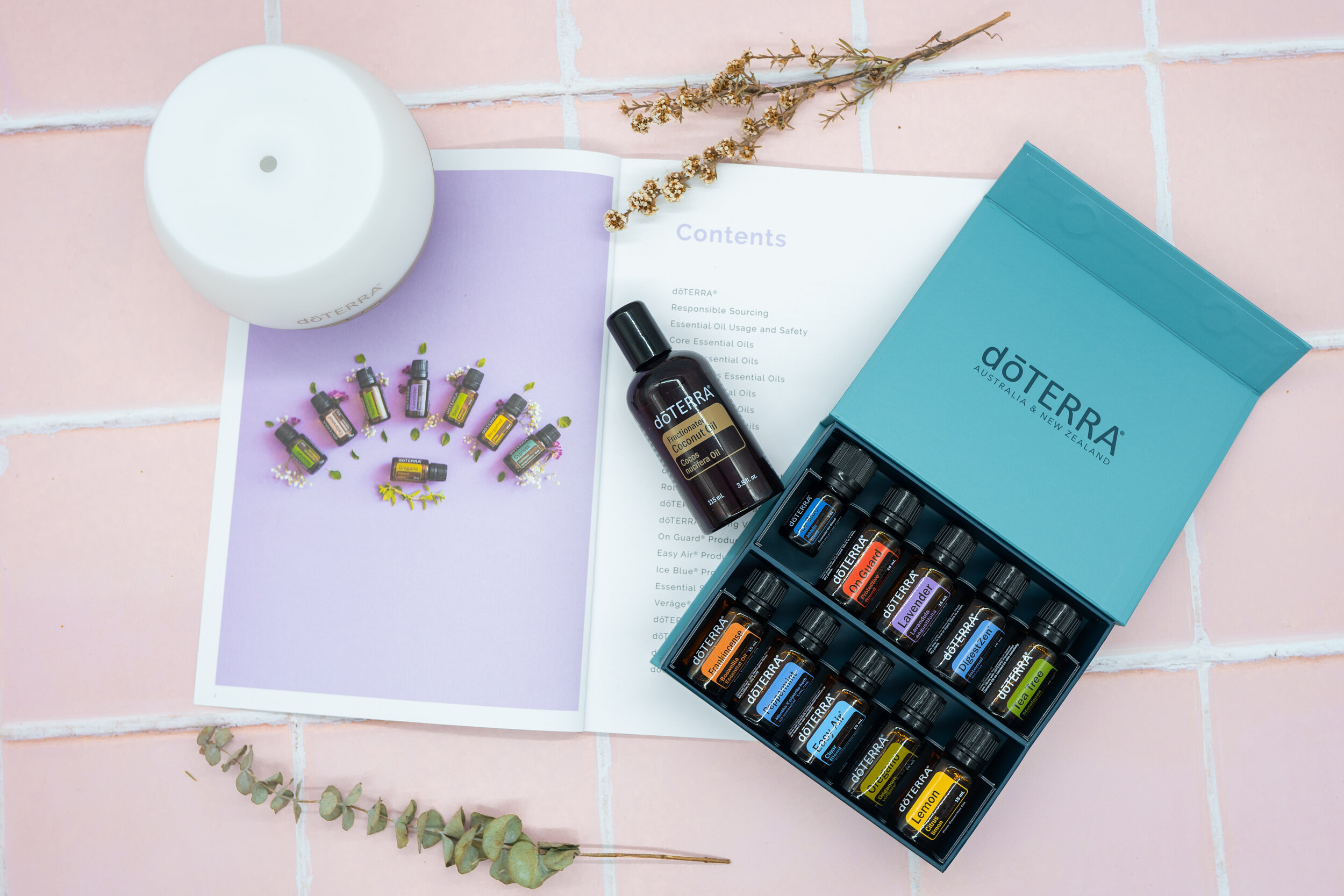12 natural ways to support healthy fertility
Fertility is decreasing globally
The rate of this in industrialised countries is higher and one of the (tragic) reasons for this is that we are living in environments that are disturbed and contaminated by toxins.
The foods we eat and the vessels we eat from or that they are stored in, the air we breathe, the products we clean our homes and clothes with, the consumables we use on our skin and in the shower…
In a home that has not begun to become aware, reduce and remove chemicals that can harm fertility, an average person in the western world will encounter toxins that can reduce fertility from wake to sleep… AND through the night too.
And this isn’t only affecting women.
These toxicants are causing men to experience relentlessly decreasing sperm count and function while women are suffering progressively worse an-ovulation, impaired implantation, and loss of foetal viability.
How to environmental toxins cause infertility?
Environmental toxins cause infertility in basically 4 ways:
Endocrine disruption.
Damage to the female reproductive system.
Damage to the male reproductive system.
Impaired foetal viability.
This damage not only decreases natural fertility but also makes in vitro fertilisation (IVF) much less likely to succeed. The worst fertility disrupters are organochlorine compounds (chlorinated pesticides, polychlorinated biphenyls, and dioxins), bisphenol A (BPA), and organophosphate pesticides and herbicides. However, many other chemicals, metals, and air pollutants seriously damage fertility. [trusted source]
Intergenerational fertility loss
These chemicals not only effect the ability to fall pregnant or carry a baby to term, they can also affect the child into their own development and life and on into future generations.
‘In a study spearheaded by the Environmental Working Group (EWG) in collaboration with Commonweal, researchers at two major laboratories found an average of 200 industrial chemicals and pollutants in umbilical cord blood from 10 babies born in August and September of 2004 in U.S. hospitals. Tests revealed a total of 287 chemicals in the group. The umbilical cord blood of these 10 children, collected by Red Cross after the cord was cut, harboured pesticides, consumer product ingredients, and wastes from burning coal, gasoline, and garbage.
Of the 287 chemicals we detected in umbilical cord blood, we know that 180 cause cancer in humans or animals, 217 are toxic to the brain and nervous system, and 208 cause birth defects or abnormal development in animal tests’. [trusted source]
Chemicals Causing Infertility
As a woman’s blood levels of Endocrine Disrupting Chemicals (such as HCH/BHC, PCBs, and DDT’s) increase, their fertility goes down. Women with the highest levels of PCBs have a serious 50% decrease in their ability to get pregnant and if they become pregnant are much more likely to miscarry.
In women farmers in Ontario, fertility decreased in proportion to pesticide use. The worst pesticides and herbicides appear to be dicamba (49% decrease in fertility), glyphosate (39%), 2,4-D (29%), organophosphates (25%), and thiocarbamates (24%).
When infertile couples seek IVF, those with the highest levels of PCBs were much more unlikely to achieve pregnancy.
In women undergoing IVF, those with the top 25% body load of BPA levels were 211% more likely to have implantation failure.
Common nonoccupational exposure - AKA current day to day life
While it might be easy to dismiss some of these numbers as due to direct or indirect industrial/workplace exposure, nonoccupational exposure is much more common and clearly a problem. Women drinking groundwater with tetrachloroethylene (PCE) contamination suffer over a doubled risk of spontaneous abortion as well as increased risk for breast cancer..
Drinking water: Chlorination of drinking water was a huge public health success but also caused some unexpected problems. This method of disinfection typically produces four trihalomethane (THM) compounds: chloroform, bromodichloromethane, chlorodibromomethane, and bromoform, as well as other non-THM compounds. Drinking chlorinated water is associated with an increased risk of stillbirth (OR, 2.6). Women drinking chlorinated water were far more likely to deliver a child with smaller body length and smaller head circumference.12
Foods: Men in highest quartile of consumption of high pesticide-residue fruit and vegetables (≥1.5 servings/day) had a 49% lower total sperm count and a 32% lower percentage of morphologically normal sperm as compared to men in the lowest quartile of intake (<0.5 servings/day). [Trusted Source]
Heavy Metals Damage Fertility
A study in Hong Kong found that infertile couples have significantly higher blood levels of mercury than in fertile controls.15 As Asians eat more seafood than others, their levels are higher than the general population. Mercury is not the only problematic metal. [Trusted Source]
In a large US study of 501 infertile couples a significant association was found between infertility and blood cadmium levels in women (FR, 0.78) and blood lead levels in men (FR, 0.85) (this study did not find an association with mercury—but they excluded fish eaters). In women not occupationally exposed to lead, blood levels above 5 ug/dL (the supposed safe range is below 10 ug/dL) doubles the risk of preterm delivery and increases the rates of spontaneous abortion. [Trusted Source]
Air Pollutants Cause Infertility
An obvious cause of toxin exposure in the air is tobacco use. Cigarette smoking also decreases male fertility, resulting in decreased sperm density, total sperm count, and number of motile sperm. When Ireland banned smoking in the workplace, rates of preterm births dropped by 25%. [trusted source]
The problem is not just active choices but passive ones as well, such as living near a busy roadway. The closer a women lives near a highway, the higher her rate of infertility. Even brief exposure to elevated levels of PM10 particulate increases the rate of miscarriage (OR, 2.6).
Air pollutants from vehicular exhaust are associated with reduced fertility in males as well. Men residing in an industrial town suffered significant reduction in sperm motility and morphology and higher levels of sperm with abnormal chromatin when compared with those living in a rural district with little air pollution. The air pollutants shown to have the biggest impact in this study were PM10 and total suspended particulates of SO2, CO, and NOx. House-dust levels of flame retardants (PBDEs) also alter sex hormone levels and reduce male fertility. [Trusted source]
Men are also at risk
Men also play a big role Research demonstrates that exposure to chemicals in everyday products like plastics, phalates and sulfates in deodorants, haircare or skincare can alter and weaken sperm, dramatically influencing the fertilised egg and development of the foetus. Exposure to toxic chemicals can also lead to testicular and prostate cancer.
Here are some practical tips for reducing exposure:
Washing fruit and vegetables and buying them from known (local) sources reduces your intake of pesticides, fungicides, herbicides and chemicals that may have been sprayed on the plants
Eating fewer processed, canned, pre-packaged foods reduces your intake of BPA, phthalates and plasticisers that coat the inside of cans or those absorbed from plastic wrappings or cling wrap
Limiting your intake of oily fish (salmon, tuna, sardines) and fatty meats reduces your consumption of POPs, pesticides, heavy metals and fat-soluble chemicals that can accumulate in animals
Avoiding handling sales receipts or storing them in your wallet. The thermal coating contains BPA to give them their shiny plastic texture
Drinking water/soft drinks out of glass or hard plastic bottles, not soft plastic bottles. BPA, phthalates and other plasticisers are used to make plastics in bottles flexible
Never heating food in soft plastic takeaway containers or those covered with cling wrap or foil. Instead, place food in a china or glass bowl and cover it with paper towel or a china plate before heating. When they are heated, phthalates and bisphenols in plastic can easily be absorbed into the food, especially if it is fatty. The heating process also releases dioxins from the plastics that can be absorbed into the food
Avoiding air fresheners, smoke, strong chemicals, heavily perfumed products, plastic smells and fumes
Airing your home frequently to reduce the amount of inhalable chemical particles
Avoiding use of pesticides and herbicides in the garden, at work or in the home. Instead, try using ‘green chemicals’, which use non-toxic agents to reduce pests and weeds
Avoiding potent household products like detergents, hand sanitisers, cleaning agents, and carpet cleaners or strong chemicals like glues, paints, and varnishes which have numerous chemicals classes in them. Use ‘green products’ which use alternative non-toxic agents
Reading the labels on all personal care products such as cosmetics, shampoos, conditioners, hair colourings and body washes etc and choosing those that are free of parabens. Try to avoid using heavily perfumed/ scented products where possible
Reading the labels on all food products and avoid those with additives, preservatives and anti-bacterial agents • being aware of marketing ploys - some products that are advertised as ‘BPA free’ for example often have replacement chemicals
What’s in your Food? What’s in your Cosmetics? Are you at risk?
The Chemical Maze – Shopping Companion App has been produced to make it simpler and easier to recognise food additives and cosmetic ingredients having the potential to cause discomfort and ill-health. With this recognition comes freedom of choice and for many a new lease on life.
Ditch and switch
Ditch: air fresheners
Ditch: Plug and fresh air fresheners, scented candles, aerosol air freshener
Switch: Pure, natural plant extracts/essential oils diffused via an essential oil diffuser. You can use any number of essential oils to fragrance the home, deoderise the air and kill airborne pathogens while making your house smell amazing.
My favourite oils and blends to diffuse in the home from the Home Essentials Kit are:
Easy Air - Clear airways, breathing easy, sleep
Lavender - Reducing tension and anxious feelings, better sleep
Lemon - Deodorise the air, kill airborne pathogens, emotionally great for expansion and reduce grieving, loss or sadness
Frankincense - Clears the air emotionally, may support depression, anxiety, grief. Assists sleep, calm and grounding
Peppermint - Increases concentration, creates clarity, freshens the air, uplifts the mood
You can blend the oils together to make your own personal blend too. Simply use 2-3 drops of each oil.
ditch: Perfumes + Cologne
IVF scientists are banned from wearing perfume in labs because it can kill embryos.
Considering that women and men are taught to spritz or spray fragrance, perfume, or cologne on from a young age through to elderly, often directly onto our lymph glands, this should raise the hackles on your neck.
Ditch: Department store or ‘Big Beauty’ brand perfumes, sprays and colognes (this goes for men and women).
Switch: Pure, natural plant extracts/essential oils - these only offer side benefits, not side effects (and can actually help support your fertility process). My favourite essential oils for perfumes:
doTERRA Passion touch roller
doTERRA Jasmine touch roller
doTERRA Magnolia touch roller
doTERRA Cheer touch roller
doTERRA Whisper touch roller
Blend - Frankincense, Green Mandarin and Lavender essential oils [10 drops each + top with organic carrier oil in a 10ml roller]
Blend - doTERRA Citrus Bliss and Whisper [10 drops each + top with organic carrier oil in a 10ml roller]
Best Investment:
The best essential oil starter kit for women, men and households who want to reduce toxic chemicals + increase health and create an environment for fertility, is the Home Essentials Kit. It has the top 10 essential oils every home should have regardless of want or need and covers support for emotional, environmental, physical and spiritual support.
This kit offers you support to freshen and deodorise the air and kill airborne pathogens, as well as offering luxe perfume and cologne blends and oils. When you have your starter kit, you can use the free wholesale account that doTERRA give you to order any additional perfume oil.
Delicious perfume blends that can be created within this kit:
Women -
Lemon, Frankincense + Lavender essential oils [10 drops each + top with organic carrier oil in a 10ml roller]
Lavender, Peppermint + Lemon essential oils [10 drops each + top with organic carrier oil in a 10ml roller]
Men -
Frankincense, Peppermint + Lemon essential oils [10 drops each + top with organic carrier oil in a 10ml roller]
Tea Tree, Frankincense + Lemon essential oil [10 drops each + top with organic carrier oil in a 10ml roller]
Home Essentials Starter Kit $339AUD
Your dōTERRA Wholesale Account (dōTERRA oils + products at 25% off!)
Oregano 15mL
Tea Tree 15mL
Lemon 15mL
Frankincense 15mL
On Guard® 15mL
Lavender 15mL
Peppermint 15mL
DigestZen® 15mL
Easy Air® 15mL
Ice Blue® 5mL
Petal Diffuser
How to purchase
Step 1: head to: www.mydoterra.com/alicenicholls
Step 2: Click 'Join and Save'
Step 3: Select your Language & Country of Residence
Step 4: Choose Wholesale Customer or Wellness Advocate
Step 5: Select the starter kit you would like (and waive the joining fee)
Step 6: At Enroller id, make sure my number 3288471 is displayed then click verify to see my name Alice Nicholls
Step 7: Fill out shipping info
Step 8: Process your order!







